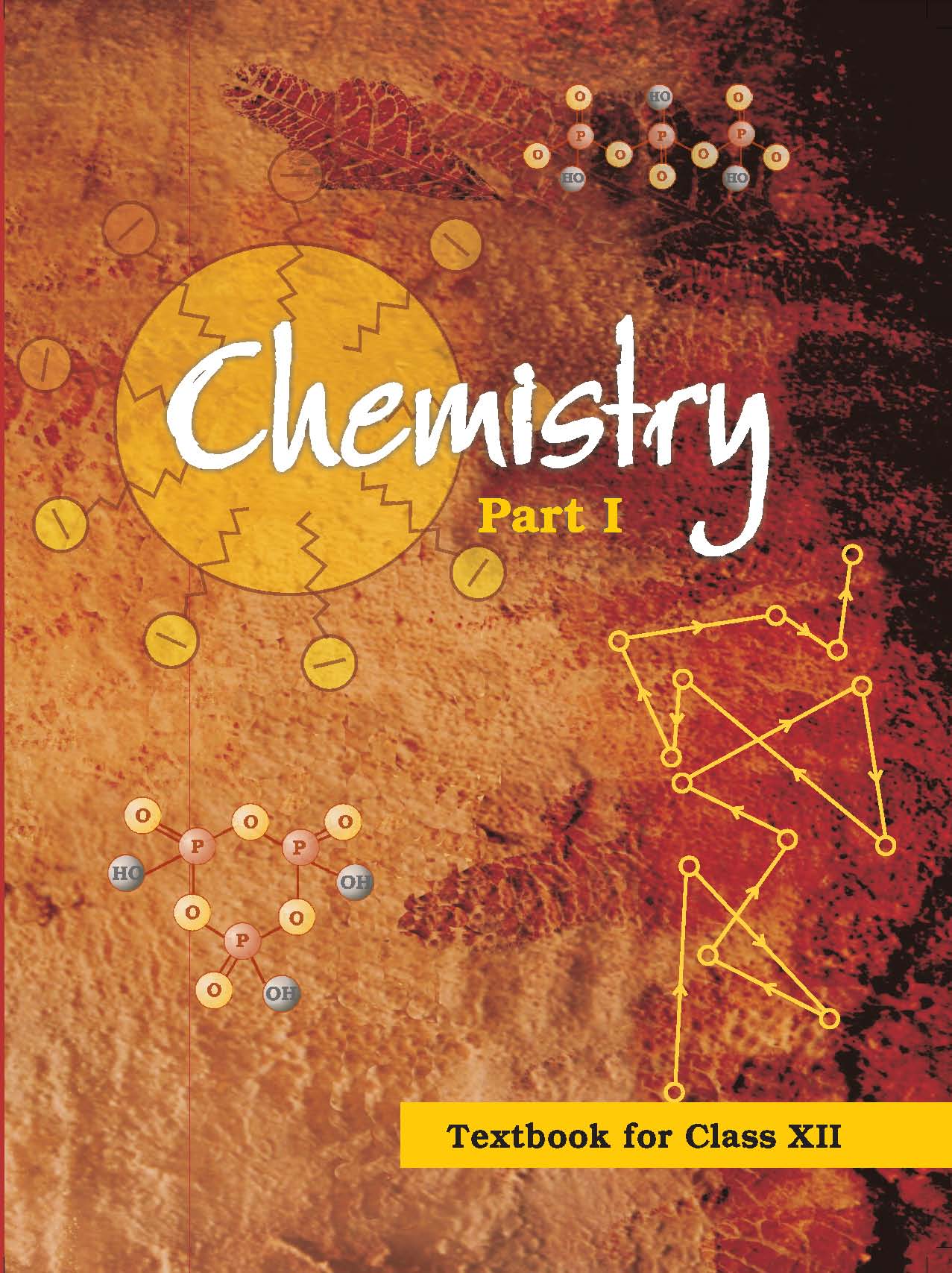Unit 1 The Solid State 1
1.1 General Characteristics of Solid State 2
1.2 Amorphous and Crystalline Solids 2
1.3 Classification of Crystalline Solids 4
1.4 Crystal Lattices and Unit Cells 7
1.5 Number of Atoms in a Unit Cell 12
1.6 Close Packed Structures 14
1.7 Packing Efficiency 20
1.8 Calculations Involving Unit Cell Dimensions 22
1.9 Imperfections in Solids 24
1.10 Electrical Properties 26
1.11 Magnetic Properties 29
Unit 2 Solutions 35
2.1 Types of Solutions 35
2.2 Expressing Concentration of Solutions 36
2.3 Solubility 39
2.4 Vapour Pressure of Liquid Solutions 43
2.5 Ideal and Non-ideal Solutions 47
2.6 Colligative Properties and Determination of Molar Mass 49
2.7 Abnormal Molar Masses 57
Unit 3 Electrochemistry 65
3.1 Electrochemical Cells 66
3.2 Galvanic Cells 67
3.3 Nernst Equation 70
3.4 Conductance of Electrolytic Solutions 75
3.5 Electrolytic Cells and Electrolysis 85
3.6 Batteries 88
3.7 Fuel Cells 90
3.8 Corrosion 91
Unit 4 Chemical Kinetics 95
4.1 Rate of a Chemical Reaction 96
4.2 Factors Influencing Rate of a Reaction 100
4.3 Integrated Rate Equations 105
4.4 Temperature Dependence of the Rate of a Reaction 112
4.5 Collision Theory of Chemical Reactions 116
Unit 5 Surface Chemistry 123
5.1 Adsorption 124
5.2 Catalysis 129
5.3 Colloids 136
5.4 Classification of Colloids 136
5.5 Emulsions 145
5.6 Colloids Around Us 145
Unit 6 General Principles and Processes of Isolation of
Elements 149
6.1 Occurrence of Metals 152
6.2 Concentration of Ores 153
6.3 Extraction of Crude Metal from Concentrated Ore 155
6.4 Thermodynamic Principles of Metallurgy 156
6.5 Electrochemical Principles of Metallurgy 162
6.6 Oxidation Reduction 163
6.7 Refining 164
6.8 Uses of Aluminium, Copper, Zinc and Iron 166
Unit 7 The p-Block Elements 170
7.1 Group 15 Elements 170
7.2 Dinitrogen 174
7.3 Ammonia 175
7.4 Oxides of Nitrogen 177
7.5 Nitric Acid 179
7.6 Phosphorus – Allotropic Forms 180
7.7 Phosphine 181
7.8 Phosphorus Halides 182
7.9 Oxoacids of Phosphorus 184
7.10 Group 16 Elements 185
7.11 Dioxygen 189
7.12 Simple Oxides 190
7.13 Ozone 191
7.14 Sulphur – Allotropic Forms 192
7.15 Sulphur Dioxide 193
7.16 Oxoacids of Sulphur 194
7.17 Sulphuric Acid 195
7.18 Group 17 Elements 197
7.19 Chlorine 202
7.20 Hydrogen Chloride 204
7.21 Oxoacids of Halogens 205
7.22 Interhalogen Compounds 206
7.23 Group 18 Elements 208
Unit 8 The d-and f-Block Elements 215
8.1 Position in the Periodic Table 216
8.2 Electronic Configurations of the d-Block Elements 216
8.3 General Properties of the Transition Elements (d-Block) 218
8.4 Some Important Compounds of Transition Elements 231
8.5 The Lanthanoids 234
8.6 The Actinoids 237
8.7 Some Applications of d- and f-Block Elements 239
Unit 9 Coordination Compounds 244
9.1 Werner's Theory of Coordination Compounds 244
9.2 Definitions of Some Important Terms Pertaining to 247
Coordination Compounds
9.3 Nomenclature of Coordination Compounds 248
9.4 Isomerism in Coordination Compounds 251
9.5 Bonding in Coordination Compounds 254
9.6 Bonding in Metal Carbonyls 261
9.7 Importance and Applications of Coordination Compounds 262


No comments:
Post a Comment